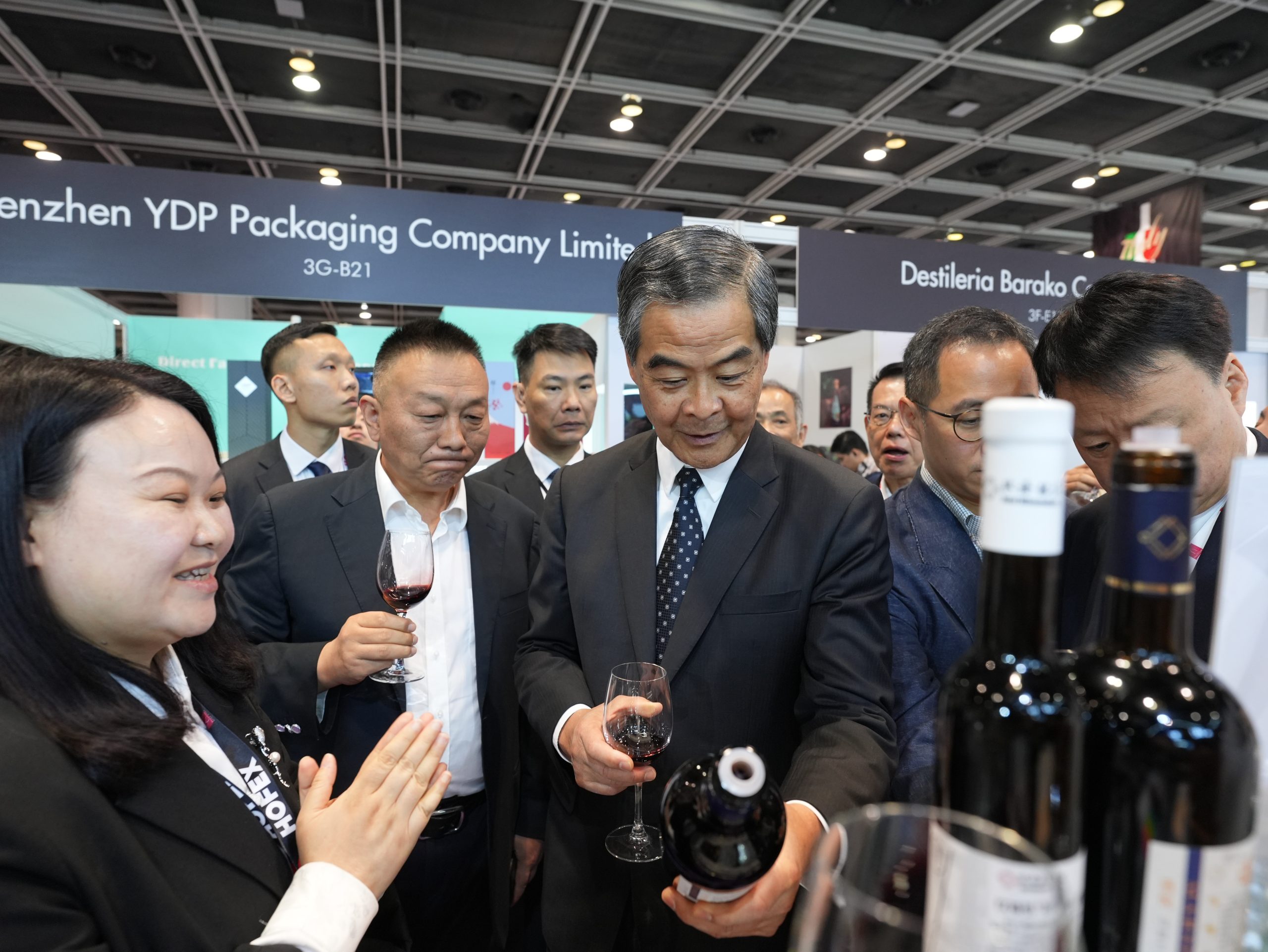All aboard the bargain Big Dipper
Mid-priced wines are suffering as journos’ shopping lists focus on the top and bottom
AS MOST TRADE people will tell you, there’s an increasingly worrying paradox at work in the wine market. On the one hand, every generic body, importer, wholesaler and brand owner is talking about growing the market for wines costing between £5 and £7 at retail.
On the other hand, the supermarkets and major off-licences are seeking more frequent, heftier discounts on wines, taking them in many cases not just under the £5 level, but under £4 as well.
The reasons for this are clear to the players: supermarket profit growth depends on getting more bodies through the door; wine trade profits depend on greater spend per bottle. As far as the consumer goes, the battle is simply pushing their value-formoney button: headline prices on wines appear to be creeping up, but they are seeing increasingly spectacular price-chopping on their favourite brands – a great excuse to stock up.
The wine consumer press analysis for September reflects this schism. The pricing graph (see chart, facing page) usually adopts what statisticians refer to as a "normal" distribution, or in other words, the shape of a small hill, with the peak in the middle.
This month, however, it looks more like the Big One rollercoaster at Blackpool: peaks and troughs all over the place. The biggest peak this month comes in the under-£4 category, driven mainly by the "offer of the week" style of articles written by Malcolm Gluck in The Guardian and Jane MacQuitty in The Times.
This month, though, they are joined by The Sunday Times, The Observer, The Sunday Express, BBC Good Food, The Sunday Telegraph and both daily and Sunday versions of The Independent in recommending wines under £4.
Two other factors were at work here: September saw the main trade tastings of wines from Argentina and Chile, organised by their generic bodies. These countries are traditionally the source of good quality New World wines at bargain prices, though both are now keen to grow their share of the £5-plus market.
Partner Content
Argentina’s unusually strong performance this month (see chart, below left) reflects this activity. The other factor was Tesco’s strongly promoted Wine Festival, which offered some very tempting discounts to both in-store and online customers.
At the other end of the price scale, wines costing more than £10 also saw an increase in recommendations in the press, chiefly driven by Jancis Robinson in The FT (a serial recommender of higher-priced wines).
Expensive wines also featured in The Daily Telegraph, The Independent, and The Sunday Times during the month. The only area to suffer was wine costing between £5 and £7, a key battleground in the war to make people spend more money on wine.
Normally these account for a quarter of all mentions; in September they accounted for only 15% of the mentions tracked by In The Press. What does this mean for the wine trade? As always, it is dangerous to draw too many conclusions from a one-month snapshot.
However, the data this month does reflect two longerterm trends that should be of interest to wine suppliers everywhere. First, that wine writers, and by extension most ordinary consumers, are still driven by bargain-hunting.
It will take more than just a price hike and a packaging revamp to convince them to spend more on their wine. Second, it looks like the market for super-premium wine is re-awakening after two years of recession-induced slumber.




